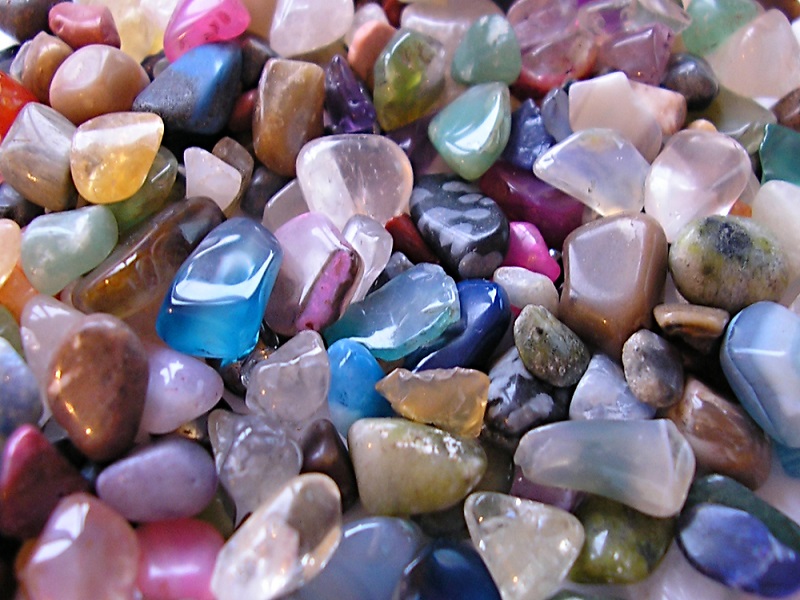- November 14, 2023
- Fusion Gemstones
- 0
How are gemstones graded and valued?
Introduction
Gemstones have captivated human beings for centuries with their dazzling beauty and timeless allure. Whether you’re an enthusiast, a collector, or simply someone looking to purchase precious Gemstones Articles, understanding how these stunning stones are graded and valued is crucial. In this comprehensive guide, we will unravel the mystery behind the grading and valuation of gemstones.
The Four Cs: A Foundation for Grading
Much like diamonds, gemstones are assessed based on a set of criteria known as the Four Cs. These criteria provide a standardized framework for evaluating gemstone quality. Let’s dive into each of them:
1. Color:
Color is one of the most critical factors when grading gemstones. The hue, tone, and saturation of a gemstone’s color significantly impact its value. In general, the more vibrant and pure the color, the higher the gemstone’s worth. For example, when grading rubies, a vivid, intense red hue is considered the most desirable.

Gemstone colors are typically described using three main attributes:
- Hue: This refers to the gemstone’s dominant color, such as red for rubies or blue for sapphires.
- Tone: Tone describes how light or dark the color appears. Lighter tones tend to be less valuable than well-saturated, rich tones.
- Saturation: Saturation refers to the intensity or vividness of the color. A highly saturated gemstone is more valuable than one with a muted or pale color.
Keep in mind that certain gemstones have specific color preferences. For instance, emeralds are prized for their lush green color, while sapphires can come in various colors but are most valuable when they exhibit a deep blue hue.
2. Clarity:
Clarity assesses the presence of internal and external flaws or inclusions within the gemstone. Gemstones with minimal or no inclusions are considered of higher quality and value. Inclusions can affect a gemstone’s brilliance and transparency.
Gemstone clarity grades typically include the following categories:
Flawless (F): No inclusions or blemishes visible under 10x magnification.
- VVS (Very, Very Slightly Included): Inclusions are extremely difficult to detect under 10x magnification.
- VS (Very Slightly Included): Inclusions are visible but minor and do not significantly impact the gemstone’s appearance.
- SI (Slightly Included): Inclusions are noticeable under 10x magnification but do not detract from the gemstone’s overall beauty.
- I (Included): Inclusions are visible to the naked eye and may affect the gemstone’s transparency and brilliance.
Different gemstones may have varying tolerance levels for inclusions. For instance, emeralds are known for having more inclusions than diamonds, and this is considered acceptable as long as they do not severely impact the gem’s appearance.
3. Cut:
The cut of a gemstone refers to how it has been shaped and faceted. A well-cut gemstone will exhibit exceptional brilliance, sparkle, and symmetry. The quality of the cut can significantly impact a gemstone’s value.
Key aspects of the cut include:
- Proportions: A well-proportioned gemstone will have ideal angles and dimensions that maximize its ability to reflect and refract light.
- Symmetry: A precisely symmetrical cut ensures that light is evenly distributed throughout the gemstone.
- Polish: A high-quality polish enhances the gemstone’s surface, allowing light to pass through without obstruction.
Different gemstones may have specific cutting styles that enhance their unique characteristics. For instance, the brilliant cut is popular for diamonds, while the cabochon cut is commonly used for opaque gemstones like opals.
4. Carat Weight:
Carat weight is the measure of a gemstone’s size. One carat is equivalent to 200 milligrams. Generally, larger gemstones are more valuable than smaller ones, all other factors being equal. However, a gemstone’s value also depends on its rarity, color, and quality, so carat weight is just one element in the overall assessment.
Conclusion
In the world of gemstones, understanding how they are graded and valued is essential for both buyers and sellers. The Four Cs—color, clarity, cut, and carat weight—serve as the foundation for assessing gemstone quality. Beyond these factors, rarity, origin, and treatments also influence a gemstone’s value.
When in doubt, seek guidance from experienced gemologists and rely on reputable sources for purchasing gemstone slabs and articles from Fusion Gemstones India.
